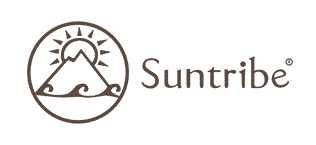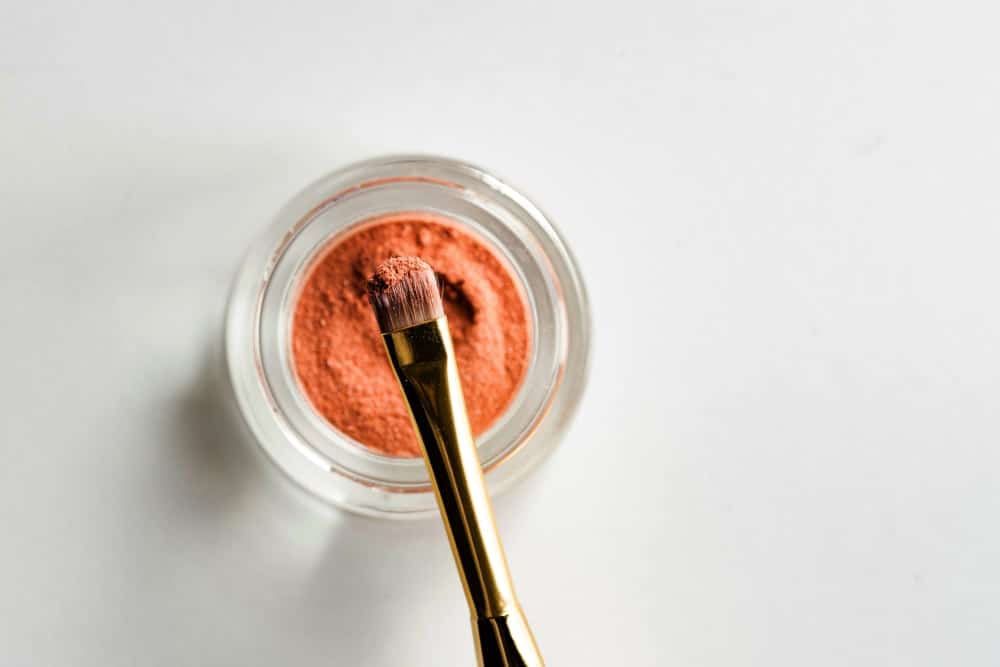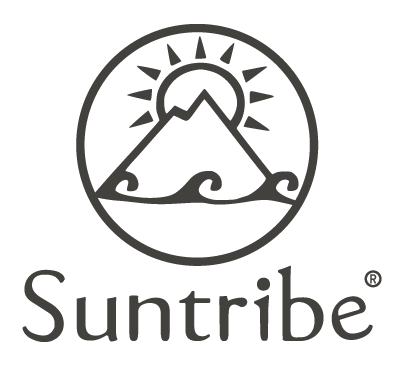Blog
Greenwashing in the Beauty Industry: What You Need to Know and How to Avoid It

By Hanna Oltmanns - January 11, 2023
Every one of us has heard the term “Greenwashing” at least once. However, do we really know what it means and are we aware of its facets to not be fooled by smart marketing ourselves?
With a lack of regulation and clear terminology in the beauty industry, it can be quite a challenge to know what’s truly eco-friendly and what’s greenwashed. That’s why we’ve put together a simple overview for you to have a better understanding on the issue of greenwashing in the beauty industry. Plus we’ll give you some tips on how to choose brands that are truly committed to environmental and social responsibility, and not just paying lip service through clever marketing.
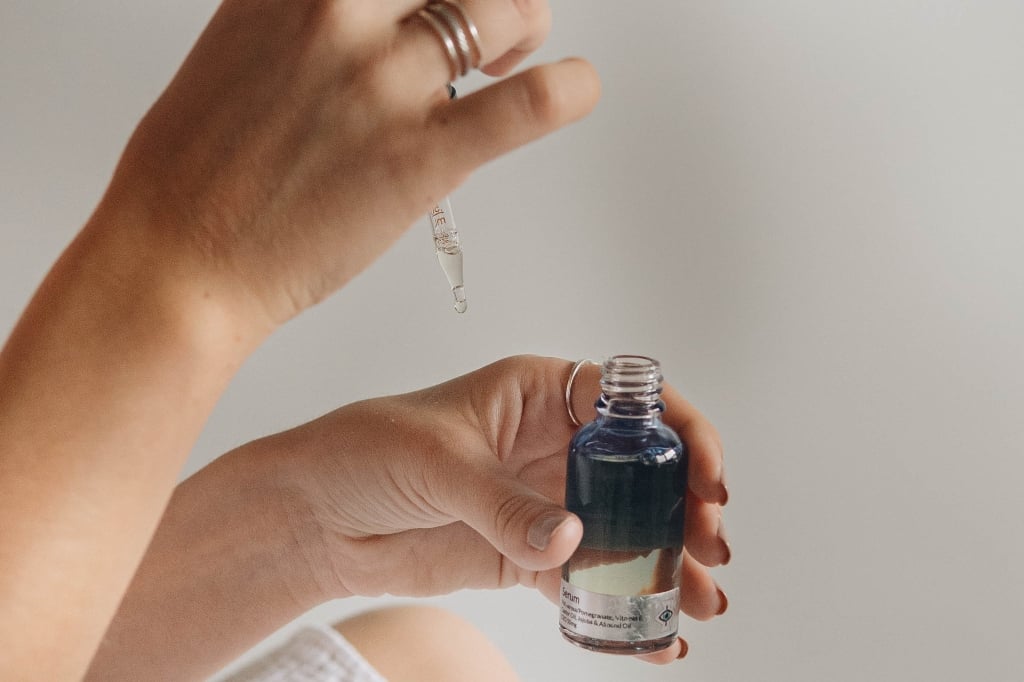
What is Greenwashing?
Greenwashing is designed to make people believe that a company is doing more to protect the environment than it really is. It’s dangerous and it is misleading as it lures customers into thinking they are helping the planet by choosing those products, when in fact they really are not. The term itself is a play on “whitewashing”, which means to use faulty information to gloss over bad behavior. Saying a product is green doesn’t make it green! Let’s be aware of this because it deceitfully takes advantage of information which is in favour of the company and quite literally at the expense of the customer!
Regulation gaps in the beauty industry raise the risk of greenwashing through misleading claims. This makes it more difficult for shoppers to easily distinguish between brands whose products are committed to environmental and social responsibility and those that only pay lip service through clever marketing. A recent international analysis carried out by the CMA (Competition & Markets Authority in the UK) found that as much as 40% of firm’s green claims could be misleading. This analysis strengthens the fact that we can’t always trust the claims companies make on their products!
The beauty industry is almost entirely unregulated. This is also true for the sunscreen industry and for the natural sector even more. It’s also being referred to as the “Wild West”. This makes it hard for consumers to trust a brand and it’s a serious issue for customer protection. Deceptive marketing parctices are putting people, the environment and the integrity of the whole industry at risk, so let’s take a look at how to find brands and products who put their money where their mouth is.
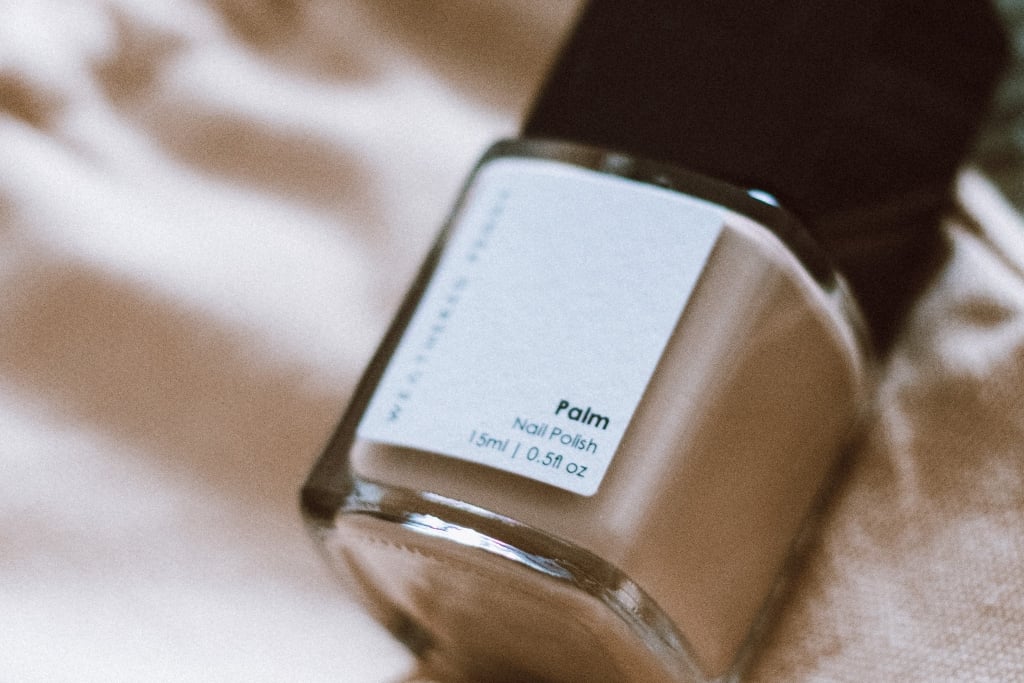
How to find Brands that do what they promise?
Be sure to take a look at the ingredient list of a product as a first indicator! Clean products usually have shorter ingredient lists as a general rule. If you have time to look up and assess a brand, a great place to start is their website. Companies with legit sustainability missions will tell you all about them. Companies without real missions will keep their statements short and usually full of empty promises. Transparency is always a great sign! If a company is transparent about both their products, where they are at in their sustainable development and where they want to be in the future, this is a great place to start building trust.
“Brand Transparency is a great start!”
Generally speaking, small businesses tend to be better and cleaner! You can avoid the hassle of investigating brand names by simply dropping big names in favour of smaller ones. Small companies are often more transparent about the supply chain for their ingredients, packaging and labor, plus you don’t have to worry about a big bad parent company somewhere.
“Look for small brands that are truly eco-friendly!”
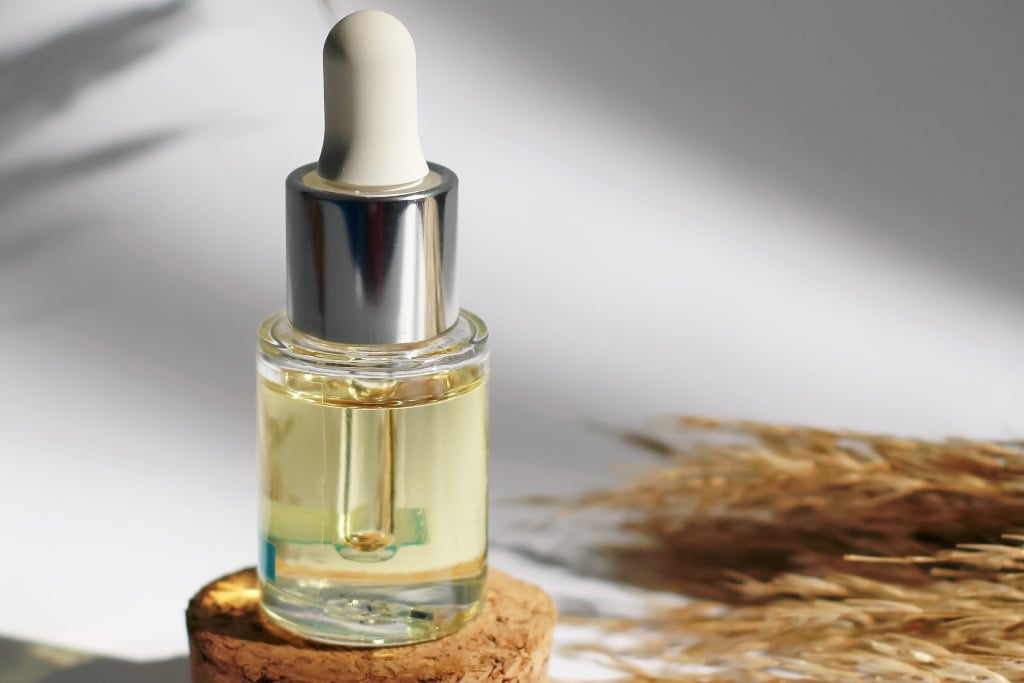
How to know if a claim is true or not?
→ Look out for products with terms such as “eco-friendly” or “sustainable” without the brand supporting them with actual actions and evidence
→ Look out for earth-friendly colors on packaging and “conscious” or “sustainable” lines, admitting the rest of their products are none of it
→ Companies highlighting only one aspect of a product to include self invented labels such as “planet positive”
→ Ingredient lists stating components ending in “paraben” or “sulfate” even if the packaging says it has none.
Four of the most common ingredients in these categories are: Propylparaben, Methylparaben, Ethylparaben, and Sodium Laureth Sulfate. Keep these OFF your skin whenever possible!
→ Check if your skincare products are tested by a third party (e.g. EWG verified)
→ If you are unsure about a claim, you can always ask more questions! Get in touch with a brand’s customer support and share any concerns you might have.
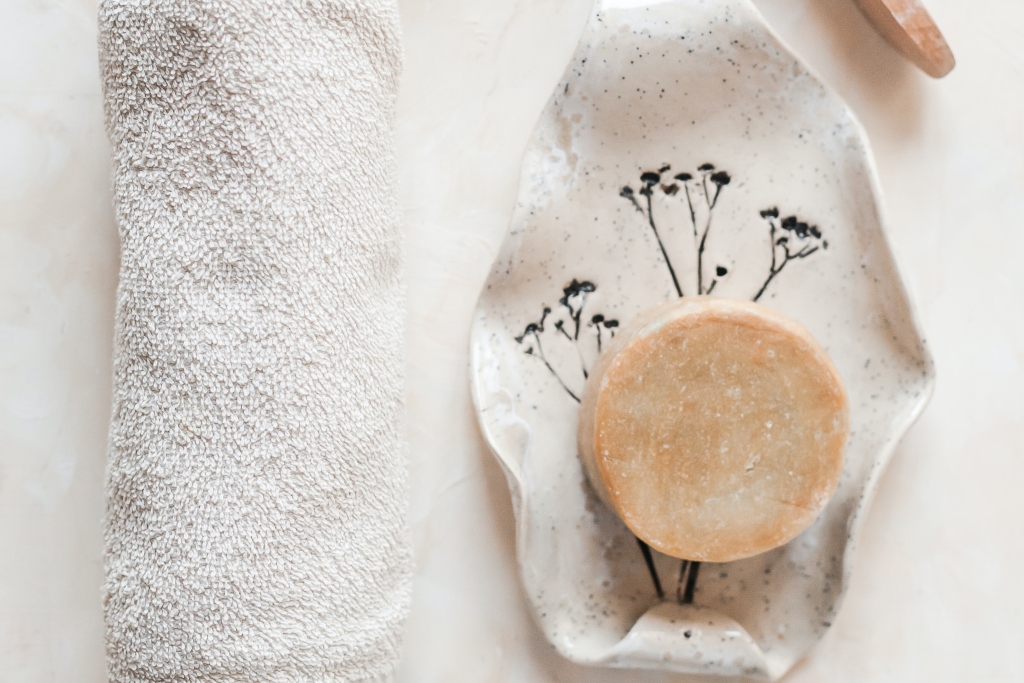
How to Spot False Claims in the Sunscreen Industry?
→ Watch out for sun care products stating they are “protecting reefs”! This is a very vague claim without a lot of information to it. Rather look for a sunscreen that is “reef safe”.
→ Don’t fall for any sun care product without an SPF rating. Some companies offer formulas that “protect from the external environment”, but they don’t officially call it a sunscreen or have any SPF or water resistance rating on their product. Be sure to look for products that have passed appropriate tests and have certification!
→ Be aware of brands who claim that their products work 100% all the time. Such a claim is extremely dangerous and simply not true. An honest brand will be transparent about this and will educate their customers accordingly.
→ Always check the ingredient list of your sunscreen for potential harmful components. There is 11 ingredients which have been banned by several destinations worldwide but are still used in some sunscreen and skin care products. You can find a detailed list of those ingredients here: https://suntribesunscreen.com/11-toxic-sunscreen-ingredients-to-avoid-in-2022/
→ Google is your friend! It’s a great tool to use if you want to know more about a certain ingredient. The European Working Group (EWG) also offers great resources which will help you to check the safety of a product!
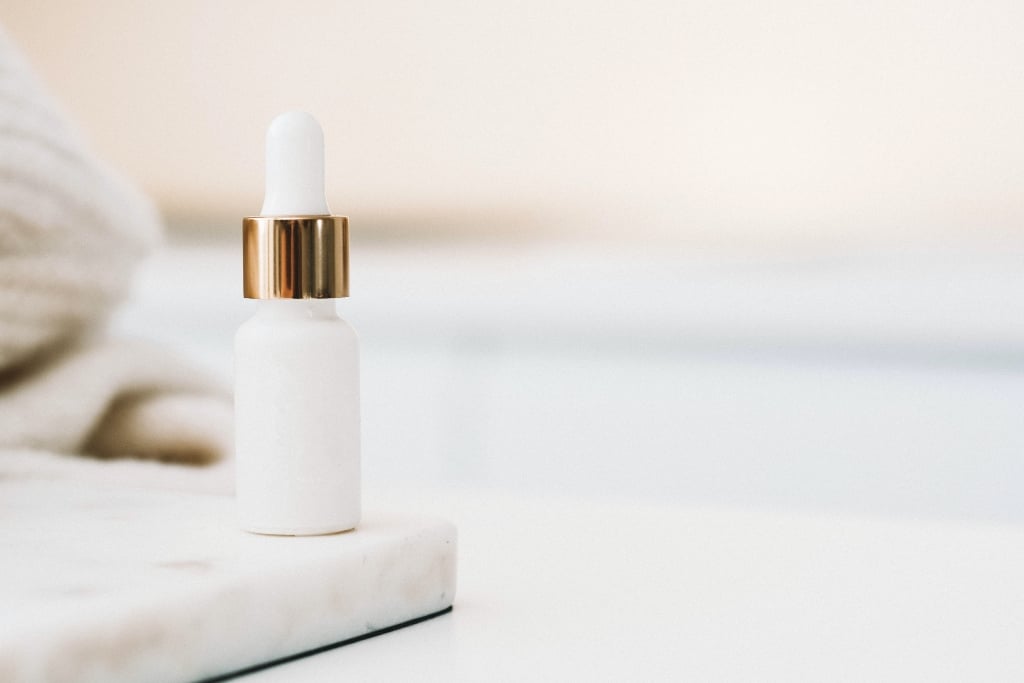
“In order to keep brands and businesses accountable, remember to trust actions, not words!”
– The Plastic Soup Foundation
Now that we’ve covered most of the greenwashing ground, let’s take a look at the difference between natural and organic. As the cosmetic industry is highly unregulated and there’s a lot of trending terms such as “natural” and “green”, it’s important that you have some basic understanding and have done your own research!
What does Organic mean?
Are you looking for organic beauty products, but not sure what the term means? Organic ingredients are natural products grown and processed without the use of artificial fertilizers, pesticides, herbicides, and synthetic chemicals. They should be free from parabens, sulfates, synthetic colors, and fragrances. Additionally, organic products and ingredients must be grown using sustainable land management practices.
However, not all products labeled as “organic” are truly organic. In fact, a product only needs to contain a small percentage of organic ingredients to be labeled as such. To ensure you are purchasing a truly organic product, check the percentage of organic ingredients listed on the product. At Suntribe, all of our products contain between 60-100% organic ingredients.
In addition to organic, you may also see the term “natural” on beauty products. Natural ingredients are of natural origin and free from synthetic chemicals and GMOs. However, some natural ingredients may undergo heavy processing. At Suntribe, we use cold-pressed, unrefined oils to preserve the natural properties of our ingredients.
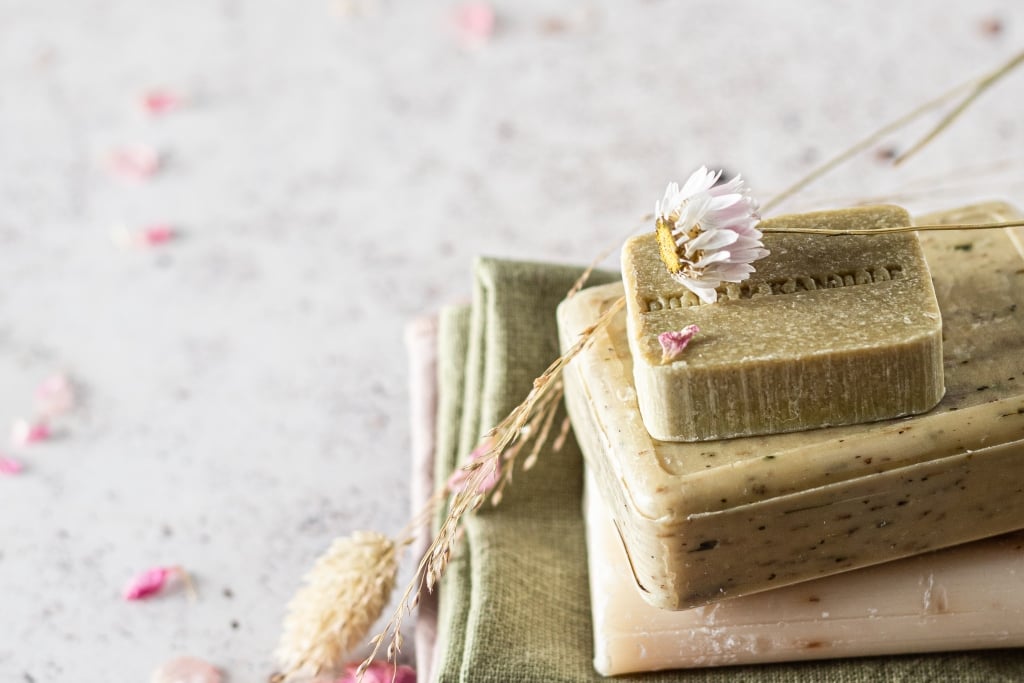
What does Natural mean?
There is no official definition what “natural cosmetics” or “organic cosmetics” means – these claims are not regulated. Many companies claim that their products are natural, while still using synthetic chemicals.
There are certain certification bodies such as COSMOS and EcoCert that apply criteria for natural and organic products, mostly referring to the percentage of natural and organic ingredients contained in the product.
An organic percentage of as little or 10 or 20% can be sufficient to achieve the COSMOS Organic label. Therefore we at Suntribe apply an even stricter policy ourselves: our products contain a minimum of 60% organic ingredients.
When shopping for natural or organic beauty products, it’s important to research the brand and check the ingredient list. Smaller companies may not hold an official organic label, but still meet organic qualifications.
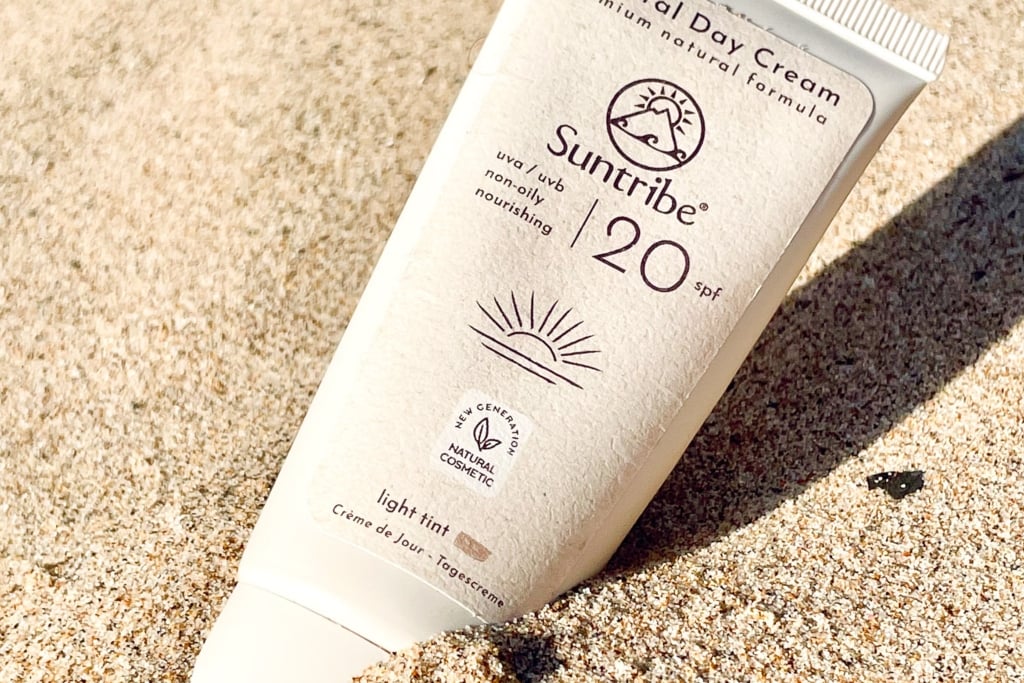
At Suntribe, we use only certified, high-quality ingredients sourced from the closest geographical location to our European production side. Our organic ingredients are certified by COSMOS Organic and all of our products are 100% natural, with several even being 100% organic. To learn more about our production, ingredients, and product development, visit our Transparency site.
Want to continue reading?
about the author
Hej, I’m Hanna. I love the outdoors and I am the first one to enjoy every beam of sunshine possible. Through traveling several countries over the past few years, I have become more and more aware of the great need for sustainability in every aspect of our daily life. Through working with Suntribe I am joining the movement of sustainable production of organic cosmetic and help to raise awareness about the issue of harmful chemicals in personal care products for humans and nature alike.
